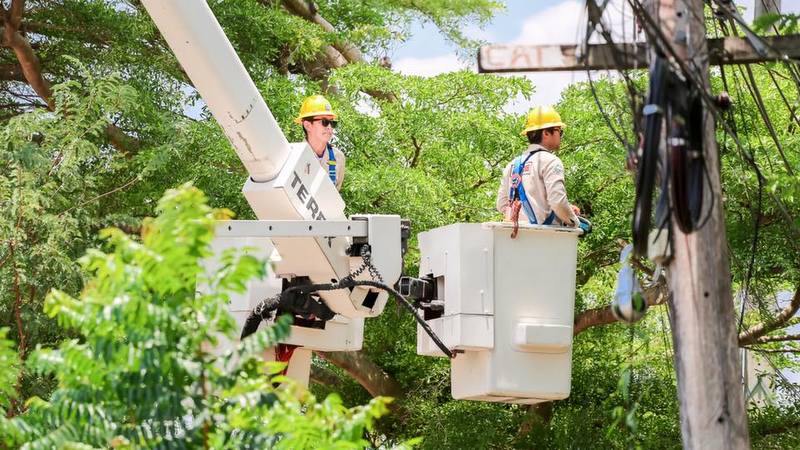Much of the work is being carried out in Thalang, easily the fastest-growing residential area on the island over the past 10 years, and as always, where people move to live, businesses to support those communities soon follow.
We will always argue that we should aim for better, and the only way power supply is assessed is by when it fails. Thankfully those days seem to be behind us. Power failures now mostly come when power lines or pylons are felled by trees, storms or vehicles, all the same problems where above-ground power lines are used in Western countries.
To that, despite the current delay thanks to a failing to insist that private companies submit correct information about their networks, the project to install the electricity and communications cables underground in Patong – though years late since the project’s inception – is also much welcome news. The obvious visual benefit is already present in the Phuket Old Town area, and brings with it a sense of being in a country that genuinely cares for its appearance and its baseline infrastructure.
Other good news this week was the eventual realisation that the capacity of the Bang Neow Dum reservoir must be expanded to cater to the growing population in the central and central west coast parts of the island. The explanation that weirs are also to be used to expand capacity – and not the standard go-to solution of using gam ling monkey cheek micro-reservoirs, which work only when the reservoir itself overflows – showed genuine appraisal of the specific situation at Bang Neow Dum.
By our reckoning, this does not happen enough in resolving critical issues in Phuket. Usually the mindset that “a band-aid will do” prevails, as most officials do not stick around long enough to be held responsible when the so-called “solution” fails.
Make no mistake, infrastructure is key to the survival of any growing tourism destination and we are finally seeing some genuine thought and application in resolving these critical issues, for both the short and the long term. Now if we could only do the same with our ever-resurfacing woes of wastewater pollution in our canals and our beach water, the incredibly poor management of our solid waste disposal and, as always, traffic.








